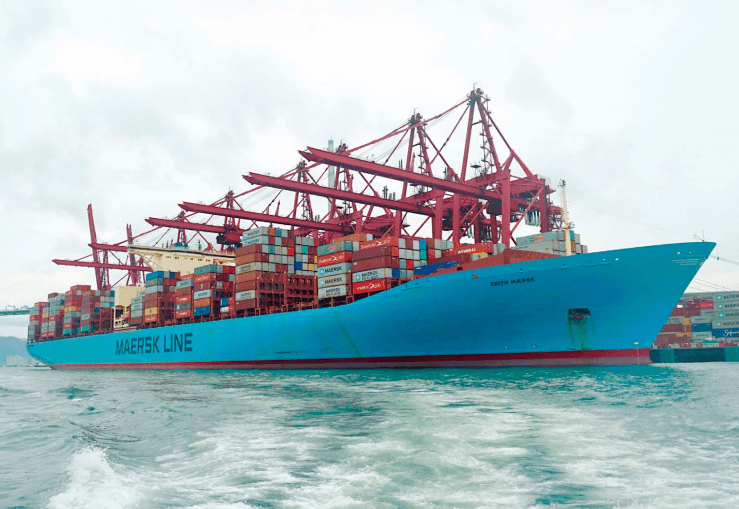The volume of world trade in goods contracted at a rate of 1.6% compared to the same period in 2022, reported the Economic Commission for Latin America and the Caribbean (ECLAC).
In all of 2022, world trade increased 2.7% year-on-year.
According to the latest World Trade Organization (WTO) projections, these trade flows will increase by only 0.8% in the full year.
Their slowdown reflects the slower expansion of global output in 2023, in a context marked by contractionary monetary policies in the United States and Europe, the real estate crisis in China and the growing links between trade and geopolitics.
The outlook for the global economy could deteriorate further, depending on developments in the conflict between Israel and Hamas.
Previously, the past year can be described as one that saw major disruptions and structural challenges affecting financial markets: record inflation; the end of ultra-loose monetary policy; the impact of slowing growth in China; continuing political attacks on global trade; demographic change profoundly affecting more and more countries; and, finally, the conflict in Ukraine, the future course of which remains highly unpredictable.
So, in the view of Hepsen Uzcan, president of DWS Funds, it is clear that there will be no shortage of challenges for investors in 2023. With the threat of recession in the U.S. and Europe, she believes the outlook for equity returns will be difficult in the remainder of 2023.
World trade
In addition, aggressive tightening by the Federal Reserve and international monetary authorities has increased pressure on banks and their ability to lend, and has also negatively affected the performance of fixed income securities.
Inflation remains above the monetary authorities’ targets, although there are signs that the Fed’s rate hikes are beginning to have an effect and to cool the pace of price increases.
In this context, the dynamism of regional trade in goods shows a downward trend in 2023, especially for imports.
In the January-August 2023 period, the volume exported in world trade grew at a year-on-year rate of 1 percent, which was not enough to offset the fall in prices (-3.5 percent).
Consequently, the value exported registered a 2.4 percent decrease in said period.
In the case of imports, both prices and volumes presented year-on-year declines in the first eight months of the year (with variations of -2.5% and -4.5%, respectively).
The slowdown in trade in goods has been evident in all major sectors.
In line with the global trend, regional trade in goods and services showed a considerable slowdown during the first half of 2023, with year-on-year growth in value terms of 0.6% for exports and a decline of 3.2% for imports
Inflation
In the period from January to August 2023, the price index of the main commodities exported by the region showed a year-on-year drop of 11.5 percent.
Energy prices recorded a drop of about 25 percent, reversing the sharp rises that took place in the same period of 2022 as a result of the outbreak of the war in Ukraine.
For the full year, lower falls than those recorded between January and August are expected, mainly due to the recovery of oil prices, since July, and expectations of higher economic growth in China in the second half of the year.
ECLAC projects that in 2023 the value of the region’s goods exports will fall 2%, as a result of a 5% contraction in the prices of the main products and a 3% increase in the volume exported.
WTO economists see in the data some signs of trade fragmentation linked to geopolitical tensions, but so far there is no evidence of a broader trend toward deglobalization that could weigh more on trade.

